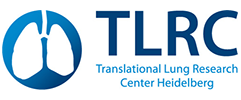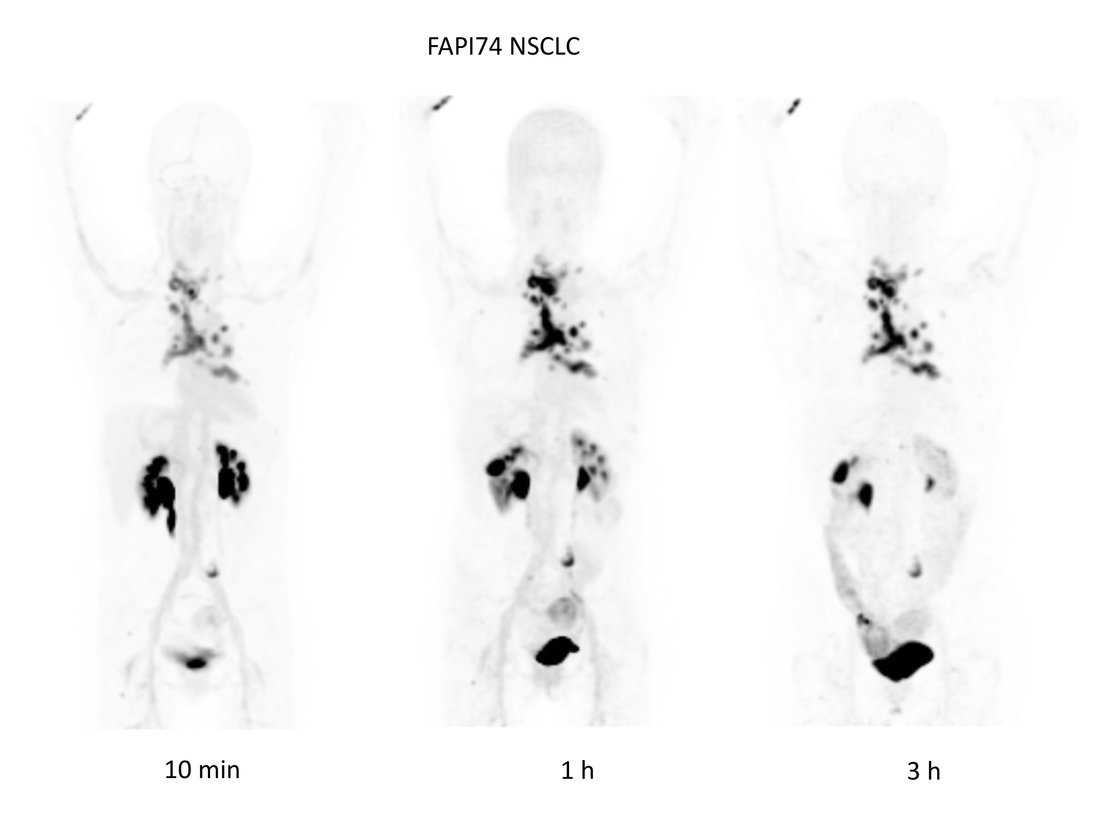Education and Training
Uwe Haberkorn is Head of the Dept. of Nuclear Mecicine at the University Hospital Heidelberg and the Clinical Cooperation Unit Nuclear Medicine at the DKFZ Heidelberg. He studied German Studies and Philosophy in Heidelberg, Marburg and Würzburg. After graduating in Medicine in Marburg, Würzburg and Heidelberg he conducted his MD studies at the DKFZ Heidelberg, and worked as a postdoc at the DKFZ. He received his state doctorate in Nuclear Medicine and since 1998 he leads the the Dept. of Nuclear Medicine and the Clinical Cooperation Unit Nuclear Medicine.
Expertise
The Haberkorn group aims to apply radioactive molecules for the diagnosis and therapy of malignant tumors and the development of novel radiopharmaceuticals using rational design as well as high-throughput methods such as phage and ribosome display with peptide libraries. For many years the group has worked with Molecular Biology and Biotechnology methods for the identification of tumor affine ligands. After successfull evaluation in cell culture and tumor bearing animals these ligands may be transferred into clinical application.
- Diagnosis of malignant tumors with PET/CT
- TumorenEndoradiotherapy of malignant tumors
- Development of new radiopharmaceuticals
Lung Cancer
- Altmann A, Sauter M, Roesch S, Mier W, Warta R, Debus J, Dyckhoff G, Herold-Mende C, Haberkorn U. Identification of a novel ITGavb6-binding peptide using protein separation and phage display. Clin Cancer Res 2017; 23(15):4170-4180
- Zoller F, Markert A, Barthe P, Hebling U, Altmann A, Lindner T, Mier W, Haberkorn U. A Disulfide-Constrained Miniprotein with Striking Tumor-Binding Specificity Developed by Ribosome Display. Angewandte Chemie Int Edition 2013; 52: 11760-11764
- Loktev A, Lindner T, Mier W, Debus, J, Altmann A, Jäger D, Giesel F, Kratochwil C, Barthe P, Roumestand C, Haberkorn U. A Tumor-Imaging Method Targeting Cancer-Associated Fibroblasts. J Nucl Med. 2018;59:1423-1429
- Flechsig P, Lindner T, Loktev A, Roesch S, Mier W, Sauter M, Meister M, Herold-Mende C, Haberkorn U, Altmann A. PET/CT Imaging of NSCLC with a αvβ6 Integrin-Targeting Peptide. Mol Imaging Biol. 2019;21:973-983.
- Kratochwil C, Flechsig P, Lindner T, Abderrahim L, Altmann A, Mier W, Adeberg S, Rathke H, Röhrich M, Winter H, Plinkert PK, Marme F, Lang M, Kauczor HU, Jäger D, Debus J, Haberkorn U, Giesel FL. 68Ga-FAPI PET/CT: Tracer uptake in 28 Different Kinds of Cancer. J Nucl Med. 2019;60:801-805
Dr. Annette Altmann | Leader Biotech group | ||||
Christiane Brenner | Technician | ||||
Vanessa Kohl | Technician | ||||
Marlene Tesch | Technician |
Lung Research - Projects
- Development of new lead structures for tumor-associated surface structures: after identification and validation of proteins with overexpression in tumors high-troughput methods are used to identify peptides which may serve as lead structures for further optimization. These affinity maturated peptides are then evaluated in vitro and in animal experiments. In case of successfull preclinical testing the tracers are then transferred to clinical application.
- Use of tracers for the visualization of activated fibroblasts in animals and patients with lung tumors: for patients with lung tumors PET/CT measurements will be done with radiolabeled FAP (fibroblast activation protein) inhibitors (FAPI) for the staging or the planning of radiation therapy and the impact of FAPI PET on therapy decision will be evaluated.
- Use of tracers for the visualization of activated fibroblasts for the evaluation of the activity of lung fibroses: in animal models with lung fibrosis and patients with lung fibrosis a PET/CT with radioactive labelled FAPI will be performed, with the goal to identify the patients at risk for an activated fibrosis and to react with the appropriate treatment at an early stage.



